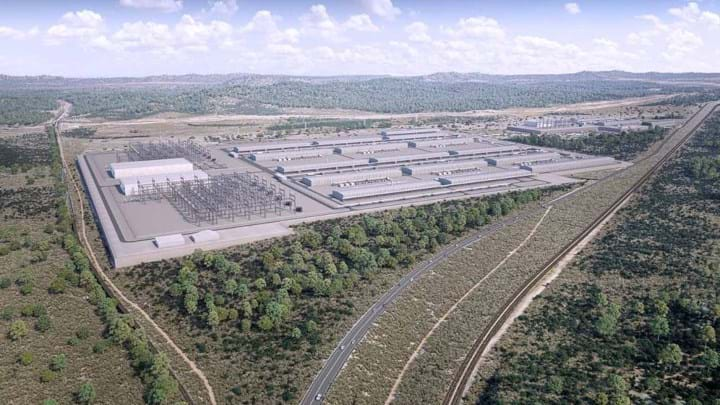Worley awarded FEED work for huge Queensland renewable hydrogen project

WORLEY has been awarded the front-end engineering and design (FEED) work for what is said to be central Queensland’s largest renewable hydrogen project, dubbed CQ-H2.
The firm previously worked on the project as a technical advisor during the initial feasibility study phase, which forecast an initial green hydrogen production cost of A$4.89 (US$3.15) per kg, falling to A$2.79 per kg by the early 2030s with additional scale-up. Hydrogen processing and transport costs are expected to equal around A$3.00 per kg at ultimate scale.
The FEED work for the project involves a hydrogen production facility (HPF) and hydrogen transfer facility (HTF) at a spawling development in Aldoga, 20 km west of Gladstone.
Worley will also work on the pre-FEED study for the project’s proposed hydrogen liquefaction facility (HLF). Based at the nearby Port of Gladstone, Australia’s fourth largest port, the facility will produce 400 t/d for export by the end of 2030.
Commercial operations at CQ-H2 are expected to start in 2028, and once up and running, the project initially plans to install up to 640 MW of electrolysers and produce up to 200 t/d of renewable hydrogen. Offtakers are expected to include Japanese and Singaporean interests, as well as large domestic customers in Central Queensland. Japan, which has ambitious targets to be entirely carbon neutral by 2050, spent A$133.8bn in foreign direct investment in Australia in 2022, making it the country’s third largest source market.
Full-scale operation would see 2,240 MW electrolysers producing 800 t/d of gaseous renewable hydrogen by 2031. By comparison, Australia’s largest hydrogen production facility to have reached a similar FEED development stage is the proposed 500 MW electrolyser on Gibson Island in Brisbane.
At its peak, CQ-H2 is expected to support more than 8,900 new jobs, deliver A$17.2bn (US$11.2bn) in hydrogen exports, and add A$12.4bn to Queensland’s Gross State Product over its 30-year life.
Stanwell, who have been leading the development of CQ-H2 since 2020, worked with ARENA, the government, and consortium partners, Iwatani Corporation – Japan’s largest hydrogen supplier – Kansai Electric Power Company, Marubeni, and Keppel Infrastructure to fund the A$117m FEED study. The figure represents the largest investment in an Australian renewable hydrogen project of its kind, Stanwell said.
Hydrogen push
CQ-H2 is just one of more than 30 hydrogen projects currently underway across the state, as it pushes for 70% renewable energy by 2032 and 80% by 2035.
Among the projects is the A$12.4bn central Queensland hydrogen hub at Gladstone Port that Stanwell is also developing, a bio-hydrogen demonstration plant run by Southern Oil Refining, also based at Gladstone, while the Goondiwindi Regional Council is proposing to install a hydrogen production facility at the Goondiwindi wastewater treatment plant.
Recent Editions
Catch up on the latest news, views and jobs from The Chemical Engineer. Below are the four latest issues. View a wider selection of the archive from within the Magazine section of this site.




